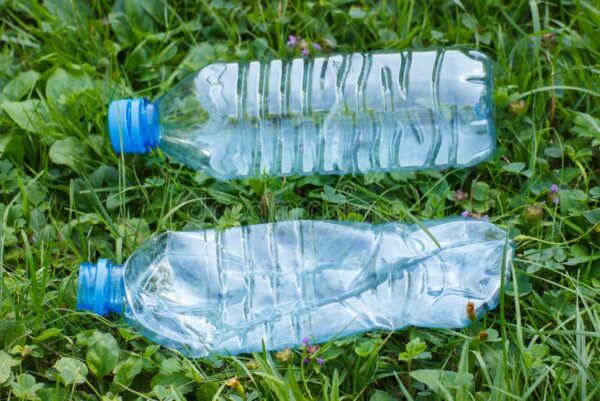Wellhealthorganic.com know why not to reuse plastic water bottles know its reason in Hindi: Consuming water from plastic bottles not only quenches your thirst but also introduces an unhealthy dose of microplastics, tiny particles measuring less than 5mm, into your system. Due to their plastic nature, these particles do not easily decompose and accumulate over time in a process called bioaccumulation.
While there is currently no conclusive evidence linking microplastics to serious illnesses, researchers are growing increasingly concerned about their potential long-term effects on our health. The chemicals used in plastic manufacturing, some of which are associated with severe diseases, contribute to these concerns.
The presence of microplastics in human stool indicates widespread exposure in our daily lives. These particles have infiltrated the food chain, raising food safety concerns, and are globally present in bottled water. Studies on microplastics in bottled water reveal particle sizes mostly below 1mm, originating from the bottle material, bottleneck, and cap. The particles from the bottle material are transparent, while those from the caps are blue or green.
Also Read : Wellhealthorganic.com simple ways to improve digestive system in Hindi
Polyethylene terephthalate (PET), used in both the bottle material and cap, is the most detected plastics polymer. Factors such as transport stress, bottle shaking, high-pressure water injection during production, and thermal impact during storage contribute to the presence of microplastics. Surprisingly, reusable PET water bottles contain more microplastic particles than single-use bottles, and frequent opening and closing increase particle formation due to friction.
The critical question remains: to what extent do microplastic particles in bottled water pose a threat to human health? Researchers propose hypotheses on physical and chemical hazards, but direct studies on humans are lacking. Laboratory tests involving cells, tissues, and rodents provide some insight. According to the World Health Organization, only microplastics smaller than 1.5 μm can be ingested or absorbed, potentially migrating through the intestinal wall and reaching various tissues.
The accumulation of these particles in human tissues is associated with chemical toxicity. Chemicals released by microplastics, including plasticizers, stabilizers, and pigments, can travel through the bloodstream, leading to inflammation, genotoxicity, oxidative stress, and gastrointestinal tract damage. These released chemicals are categorized as emerging pollutants and endocrine-disrupting chemicals (EDCs), linked to serious health problems like cancer and developmental defects.
While the long-term effects of microplastic exposure are not fully understood, it is evident that they pose a potential hazard, and steps should be taken to limit exposure in daily life. If bottled water is your primary source, minimize shaking and unnecessary opening and closing of bottles. Reusing plastic bottles is not recommended, as it increases abrasion, releasing more microplastic particles. Storing bottles in a cool, dry place is essential to reduce exposure to heat and sunlight, as sunlight accelerates bottle degradation and chemical leaching, potentially contaminating the water with harmful substances like phthalates and bisphenol A (BPA).
Also Read : Top 5 Well Health Tips in Hindi Wellhealth
In conclusion Wellhealthorganic.com know why not to reuse plastic water bottles know its reason in Hindi, while there is currently no conclusive evidence linking microplastics in bottled water to serious health issues, researchers express growing concern over their potential long-term effects. The presence of these tiny particles in the food chain and human stool raises food safety questions. Although the full extent of the threat remains unclear, steps to minimize exposure, such as reducing bottle shaking and avoiding unnecessary openings, are advisable. Further research is essential to fully understand the health implications of microplastic ingestion from bottled water.

